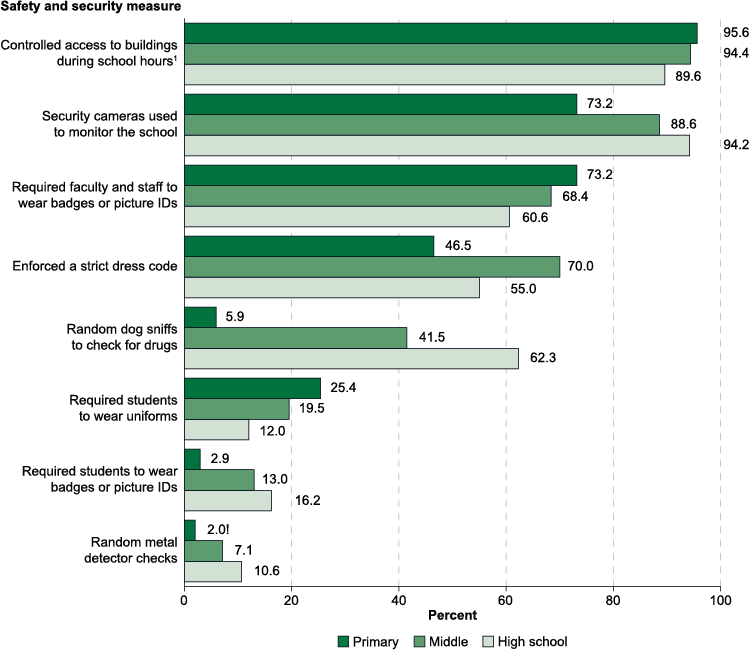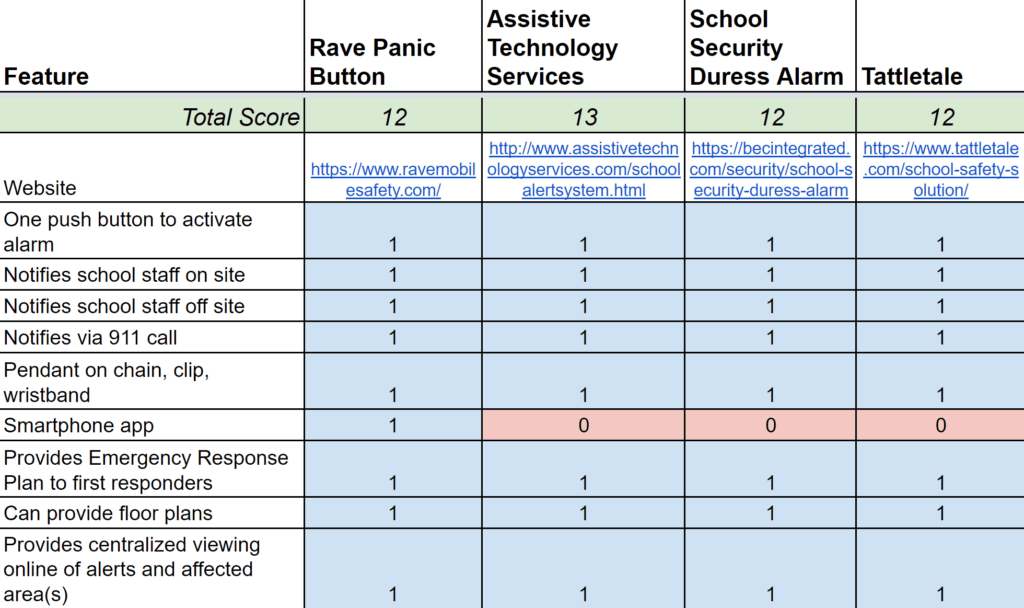Children huddle in the dark under their desks, door locked. A teacher clutches her chest, having a heart attack. A student is injured on the playground. A weapon is discovered, the wielder prepared to injure. How quick is the response that can save lives? The response is as quick as the teacher punching the button on the panic pendant around her neck. The button will bring help fast. In this blog entry, we will explore several panic pendants, wearables for schools that can mean the difference between life and harm and promote better school safety.
Silent panic alert systems are now required in all Texas classrooms. On Tuesday, Governor Greg Abbott signed “Alyssa’s Law” which should improve emergency response times at schools and save students’ lives (source).
School Safety, An Increasing Concern
The above scenarios have caused many to consider panic pendants an essential purchase for schools. School districts, hoping to provide quick response to emergencies on campus, need a way to improve communications.

The red card just doesn’t get the job done. If you have time to send a student with a red card, indicating an emergency, then it’s not an emergency. Another benefit is that your school community may appreciate your school organization’s commitment to student and staff safety.
Panic Pendants
Activated with a touch, panic pendants range from wearable devices that clip to a teacher or hang from her neck to smartphone apps. Since speed of response matters, schools are equipping staff with fast response tools. The School Safety Panic Button Alert Systems describes the function of these devices in this way:
The ability to simply press a wireless button and get help quickly has become an important safety need to all schools today. Cameras are wonderful but they only record information as it is happening and are reviewed after the fact. A hidden panic button only works if you are at your desk. The ability to easily and discretely press a panic button while walking around or attempting to relocate for safety is an important feature to have.
Let’s take a quick look at some of the characteristics of these alert systems. Some scenarios include:
On March 8th, 2017, Rave Mobile Safety’s School Panic Button System helped save the life of a young student at Benton High School who had collapsed on the school´s baseball field. Due to the system’s enhanced location services, first responders were able to locate the student quickly and administer life-saving CPR. (Source: Rave Mobile Safety)
Consider this 2018 news story in New Jersey discussing proposed legislation and the value of panic buttons:
…the panic alarm makes sense because it could be activated without the intruder being aware. In shooting or lockdown situations, he said, some students who are in hiding or playing dead hesitate to use their cellphones to call for help, for fear they’ll be overheard by the intruder. “The panic alarm gives people an opportunity to notify the police directly without exposing themselves,” he said. “It’s not going to solve all the problems with guns, but it can save lives.”
Panic buttons provide individuals with the chance to call for help with limited to no exposure to themselves.
Key Features
Before we look at some of the solutions on the market, let’s make a quick list of key features panic pendants have. Most alert systems have these features:
- One-push button to activate alarm, which may notify the school office and/or call 911 for emergency services
- Smartphone app alternative to a physical device (pendant)
- Speedy delivery of building information (e.g. floor plans, key contacts, emergency response plans) to first responders
- Centralized viewing of alerts, including location, incident type, and location’s facility data
- Provides actual stories of success
Ready to take a look at a few systems? If you know of one that does not appear in the list, please leave a comment on this blog entry.
Alert Systems
Below, find four alert systems that you may want to explore further. There may be others* available.

Cost
Wondering about the cost of panic pendants? Most vendors will require you to provide detailed information that will vary from district to district or campus to campus. Some vendors, such as Assistive Technology Services, can cost up to $600 for a standard setup. To get more pendants, you will need to pay $99 per panic button. You also need to ascertain how much square footage a system will have to cover. For example, the School Security Duress Alarm will have you fill out a form of information, as does RAVE. It all depends on how many pendants and controllers are needed.
Panic…Delete
While it is a certainty that bad things can happen, ensuring prompt response can mean the difference between life and death in many cases. Panic pendants or panic buttons are but one way to alleviate and reduce panic.

